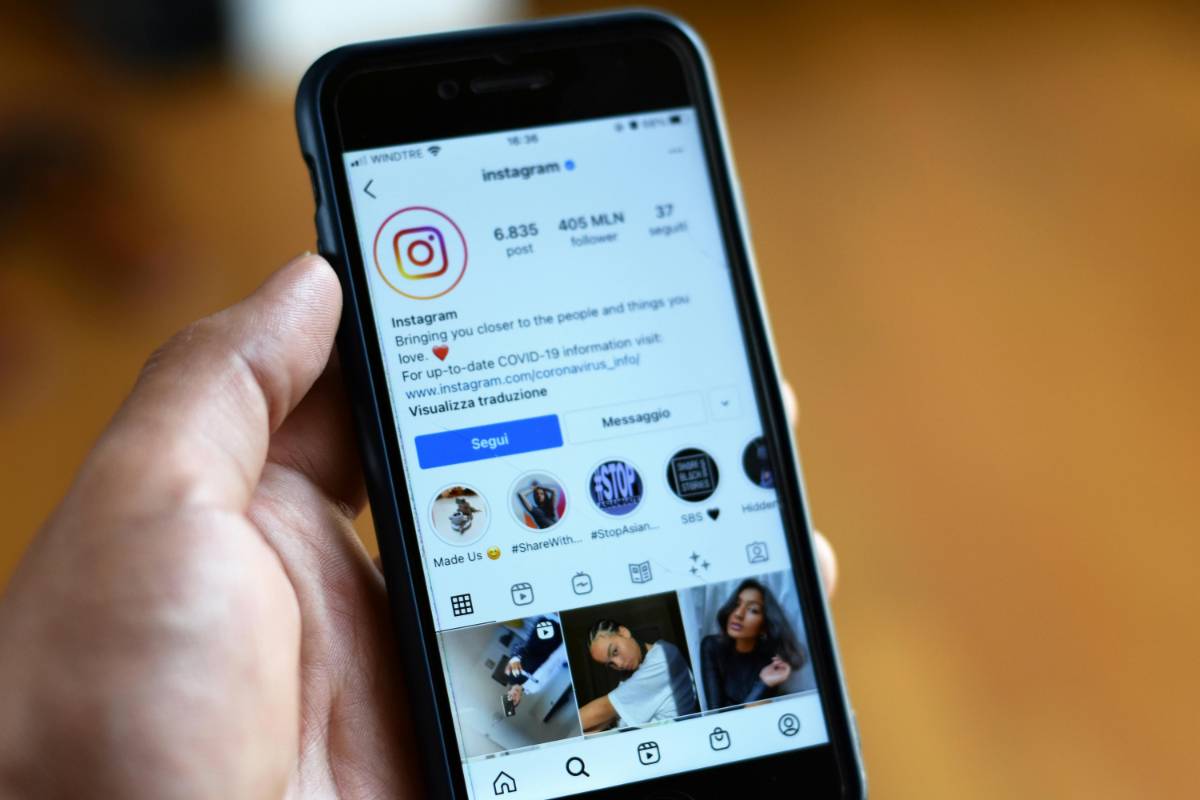How to Choose Between Paid and Organic Influencer Partnerships
18 Jun 2025
Read Time: 4 min read

Choosing between paid and organic influencer partnerships can significantly impact your brand’s marketing strategy. Both approaches offer unique advantages, so understanding your brand’s goals and resources is crucial. Here’s a guide to help you decide which method is best for your needs.
1. Understand Your ObjectivesBefore deciding between paid and organic partnerships, clarify your marketing objectives. If you need immediate visibility and measurable results, paid partnerships might be more suitable. Paid influencers can drive specific campaigns with guaranteed reach and engagement. Conversely, if your goal is to build authentic long-term relationships and gain organic traction, organic partnerships could be more effective.
2. Evaluate Your BudgetYour budget plays a crucial role in determining which type of partnership to pursue. Paid partnerships require a financial investment, which can vary depending on the influencer’s reach and influence. If your budget allows, paid collaborations can provide immediate results. However, if you have a limited budget, organic partnerships, which involve building genuine relationships without monetary compensation, might be a more feasible option.
Organic partnerships often result in more authentic and genuine endorsements. When influencers choose to work with your brand because they genuinely like it, their endorsements are more credible and resonate better with their audience. On the other hand, paid partnerships might sometimes be perceived as less authentic, especially if the influencer’s audience is aware of the compensation.
💡 Discover More from Social-Media
Organic partnerships can lead to sustained benefits as influencers become genuine advocates for your brand. Over time, this can build a loyal community and create a positive brand image. Paid partnerships, while effective for immediate goals, may not always offer the same long-term relationship or loyalty. Consider the potential for ongoing engagement and advocacy when evaluating your options.
5. Evaluate the Influencer’s FitRegardless of the approach, ensure the influencer aligns with your brand’s values and target audience. A well-matched influencer, whether through paid or organic means, can significantly impact the effectiveness of your campaign. Evaluate the influencer’s content, engagement, and audience demographics to ensure they are a good fit for your brand’s objectives.
6. Measure Results and AdaptBoth paid and organic partnerships require measurement and adaptation. Track key metrics such as engagement rates, reach, and conversions to assess the effectiveness of each approach. Use this data to make informed decisions and refine your strategy as needed. Regularly evaluating the performance of your influencer partnerships helps ensure you are achieving your marketing goals effectively.
ConclusionChoosing between paid and organic influencer partnerships depends on your brand’s objectives, budget, and desired outcomes. By understanding your goals, evaluating your resources, and considering the benefits of each approach, you can make an informed decision that aligns with your marketing strategy. Both methods have their merits, and the best choice will depend on your specific needs and priorities.
Stay Informed
Get the latest and most accurate news delivered straight to your inbox. Subscribe now and never miss an update.

Emily Brooks
An insightful voice in the industry, crafting content that informs, inspires, and connects with readers.
View all articles →















